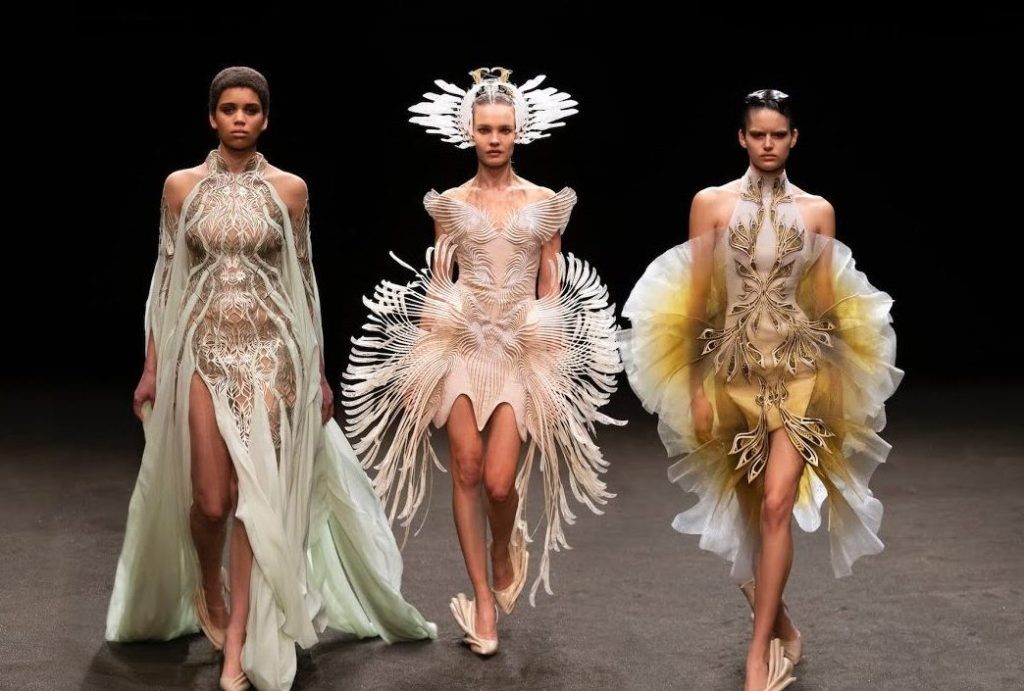Introduction
In recent years, 3D printing has emerged as a transformative force in the fashion industry, revolutionizing design, production, and sustainability practices. This technology enables designers to create intricate, customized garments and accessories with unprecedented precision and efficiency. From haute couture to everyday wear, 3D printing is reshaping the way fashion is conceived and produced.
- The Evolution of 3D Printing in Fashion
The integration of 3D printing into fashion began in the early 2000s, with designers exploring its potential for creating complex structures and patterns. One of the pioneers in this field is Dutch designer Iris van Herpen, who has been incorporating 3D printing into her collections since 2009. Her innovative designs, such as the 3D-printed wedding dress worn by Mariana Pavani, showcase the possibilities of this technology in creating sculptural and avant-garde fashion pieces.
Similarly, Israeli designer Danit Peleg gained international attention for creating the first fully 3D-printed fashion collection in 2015. Her work demonstrated the feasibility of producing wearable garments using 3D printing, paving the way for more widespread adoption of the technology in fashion.
- Customization and Personalization
One of the most significant advantages of 3D printing in fashion is the ability to create customized and personalized garments. Designers can use 3D scanning technology to capture the exact measurements and contours of an individual’s body, allowing for the production of garments that fit perfectly. This level of customization not only enhances comfort but also reduces the need for alterations and returns, contributing to a more sustainable fashion ecosystem.
- Sustainability and Waste Reduction
The fashion industry is one of the largest contributors to environmental pollution, with significant waste generated during the production process. 3D printing offers a solution by enabling on-demand manufacturing, which reduces overproduction and minimizes waste. Brands like Adidas and Reebok are leading the way in sustainable footwear production through 3D printing. Adidas collaborated with Parley for the Oceans to create shoes made from recycled ocean plastics, while Reebok’s Liquid Factory 3.0 uses 3D printing to produce shoes with minimal material waste.
- Innovation in Design and Materials
3D printing allows designers to experiment with new materials and structures that were previously impossible to achieve with traditional manufacturing methods. For instance, Balenciaga’s Fall/Winter 2023/2024 Haute Couture collection featured a dress made using 3D printing with galvanized resin, polished in chrome, simulating armor. This innovative approach not only showcases the potential of 3D printing in creating unique textures and forms but also challenges traditional notions of fashion design.
- Democratization of Fashion
The accessibility of 3D printing technology has the potential to democratize fashion by enabling independent designers and small-scale manufacturers to produce high-quality garments without the need for expensive infrastructure. This shift could lead to a more diverse and inclusive fashion industry, where creativity and innovation are not limited by financial constraints.
